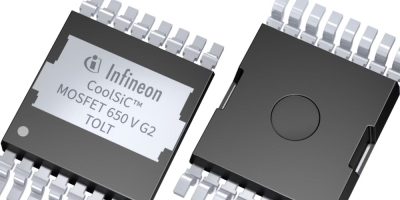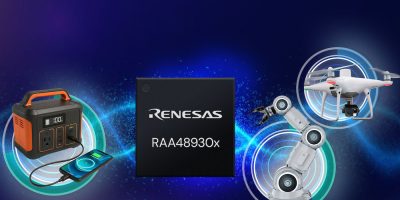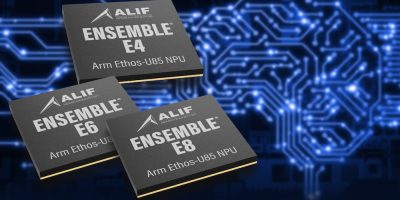Infineon is expanding its CoolSiC MOSFETs 650 V G2 portfolio with new 75 mΩ variants to meet the demand for more compact and powerful systems. The devices are available in multiple package options, including TOLL, ThinTOLL 8×8, TOLT, D2PAK, TO247-3, and TO247-4. As a result, the product family supports both Top Side Cooling (TSC) and Bottom Side Cooling (BSC) approaches and offers developers a high degree of flexibility. The devices are ideal for high- and medium-power switching mode power supplies (SMPS) in different applications, including AI servers, renewable energy, electric vehicle and e-mobility chargers, humanoid robot chargers, televisions, and drives.
The CoolSiC MOSFETs 650 V G2 are based on the second-generation (G2) of CoolSiC technology and offer improved figures of merit, higher reliability, and enhanced ease of use compared to the previous generation. The different packages offer various advantages: TOLL and ThinTOLL 8×8 packages provide high thermal cycle stability on the PCB and enable compact system designs. When used in SMPS, they reduce the space requirements on the PCB and lower manufacturing costs at the system level. The list of target applications for TOLL and ThinTOLL 8×8 has been expanded, enabling PCB designers to address cost-reduction challenges. The addition of TOLT strengthens Infineon’s growing TSC product family, which also includes CoolMOS 8, CoolSiC, CoolGaN and Optimos. The TSC variants allow up to 95 percent direct heat dissipation and enable designers to use both sides of the PCB, improving space utilisation and reducing parasitic effects.







